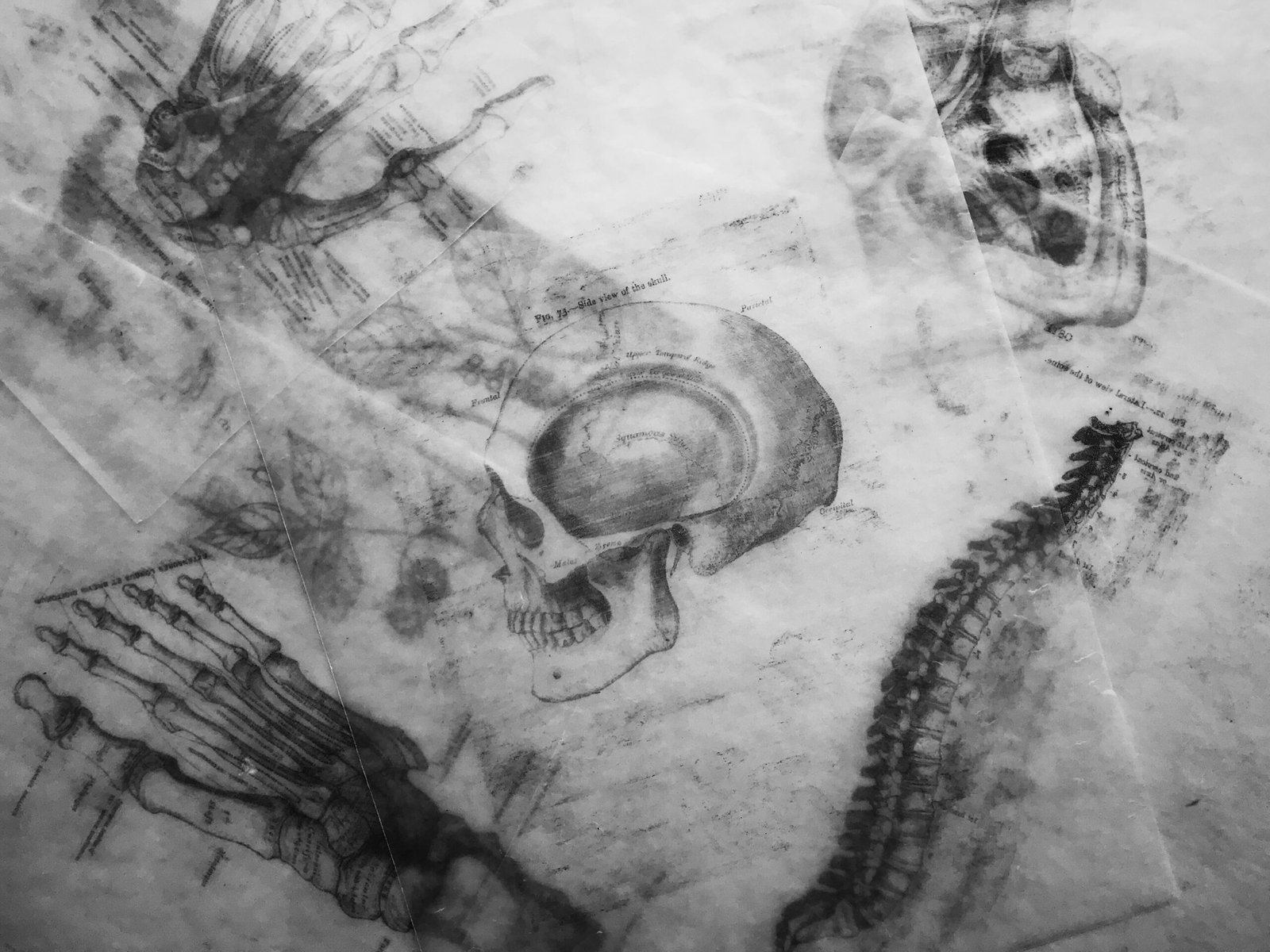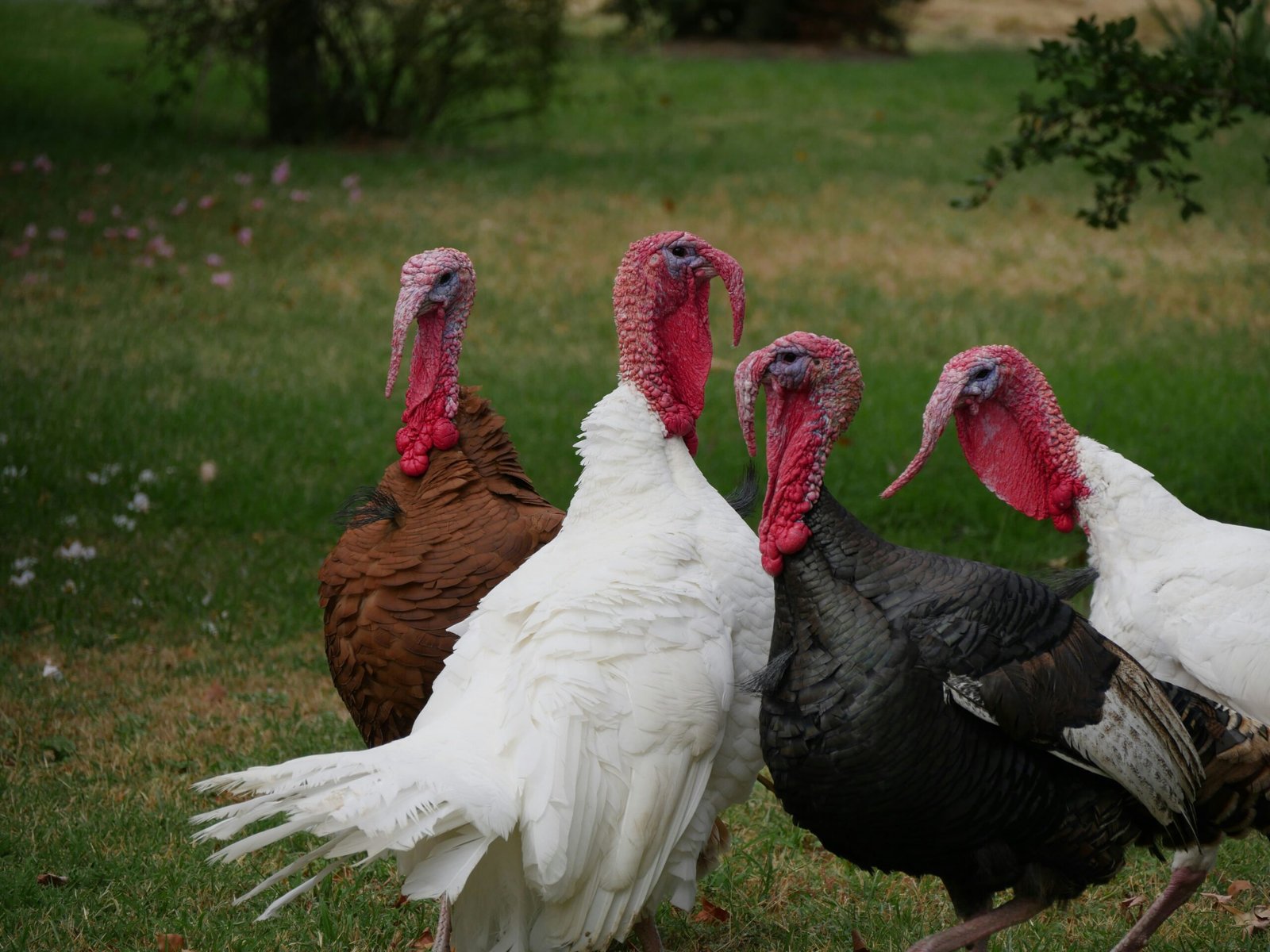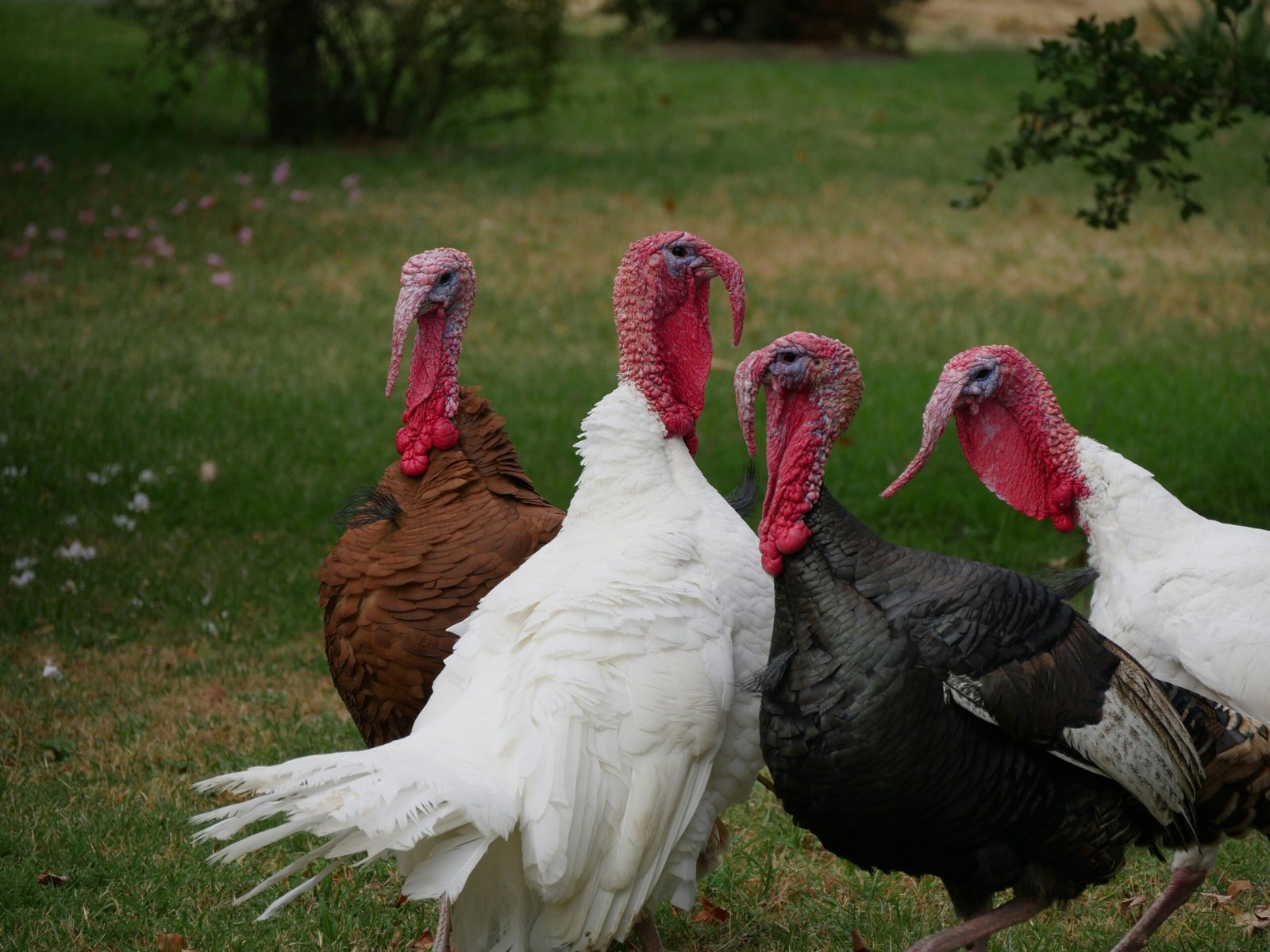Turkeyology: Exploring the Fascinating World of Turkeys

The Basics of Turkeyology
Turkeys are fascinating creatures that have captured the interest of humans for centuries. From their unique appearance to their interesting behaviors, there is much to learn about these birds. In this article, we will delve into the world of turkeyology and explore the various aspects of these remarkable animals.
The Anatomy of a Turkey
One of the first things that stand out about turkeys is their distinctive appearance. They have a large, round body covered in feathers that can range in color from brown to black. Turkeys also have a fleshy, wattle-like protuberance called a snood that hangs from their beak. This feature is more prominent in males and can change color depending on their mood.
Another interesting aspect of turkeys is their ability to change the color of their head and neck. When a turkey is excited or trying to attract a mate, the skin on their head and neck can turn shades of red, white, or blue. This unique feature adds to the allure of these birds and is a fascinating area of study for turkeyologists.
Turkey Behavior and Communication
Turkeys are highly social animals and exhibit complex behaviors. They live in flocks and have a hierarchical structure where dominant males, known as toms, establish their authority. Toms engage in elaborate courtship displays to attract females, which include puffing up their feathers, spreading their tail feathers, and emitting low-frequency sounds.
Communication among turkeys is primarily done through vocalizations. They have a variety of calls, including gobbles, clucks, and purrs, which serve different purposes. Gobbles are primarily used by males to attract females and establish their dominance, while clucks and purrs are used for general communication within the flock.
Turkeys in History and Culture
Turkeys have a rich history and cultural significance in various parts of the world. Native to North America, they were domesticated by Native American tribes thousands of years ago. Turkeys played a vital role in their culture, serving as a source of food, feathers for decoration, and even as spiritual symbols.
Today, turkeys are closely associated with Thanksgiving in the United States. The tradition of serving roasted turkey during this holiday has its roots in the early colonial period. However, turkeys are also celebrated in other cultures and have become a symbol of abundance, gratitude, and family gatherings.
Turkey Conservation and Challenges
While turkeys are still thriving in many parts of the world, they have faced challenges in the past. Habitat loss, hunting, and disease have all impacted turkey populations. However, thanks to conservation efforts, many species of turkeys have made a remarkable recovery.
Conservation organizations work to protect turkey habitats, regulate hunting seasons, and educate the public about the importance of these birds. By understanding the challenges they face and taking action, we can ensure that future generations can continue to enjoy the beauty and wonder of turkeys.
Conclusion
Turkeyology is a fascinating field of study that encompasses the anatomy, behavior, history, and conservation of turkeys. These remarkable birds have captured our imaginations for centuries, and through ongoing research and conservation efforts, we can continue to appreciate and protect them for years to come.




